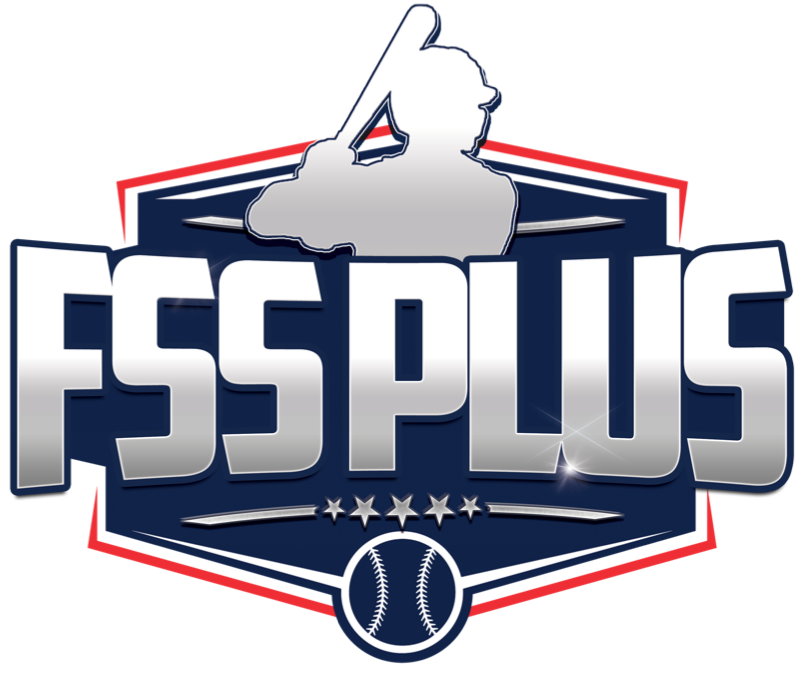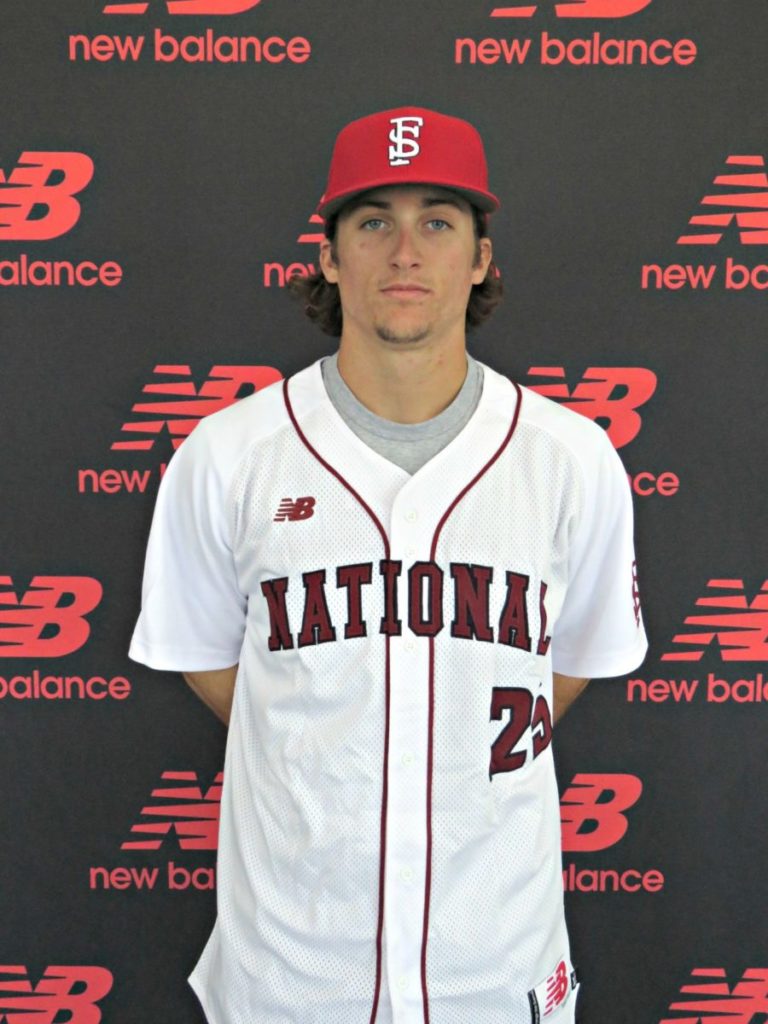The SEC is set to have another big year at the MLB Draft.
After a whopping 86 players were selected in last year’s installment, including at least three players from each school and four first rounders, including Future Stars Series alum Drew Gilbert, it could be an even bigger showing for the powerhouse conference in 2023.
LSU outfielder Dylan Crews, another FSS alum, is a consensus projected top-two pick this year, likely competing with Florida outfielder Wyatt Langford for the number one overall selection. Crews was a potential late-first round selection back in 2020, but made a well-documented decision to withdraw his name from the Draft and honor his commitment to LSU, a move that has ultimately paid off.
As he gets set to wrap up his junior season, the focus will slowly start to shift to what kind of pro he’ll be, with most evaluators suggesting his ceiling is that of a perennial MLB All-Star, with a floor of a solid everyday big leaguer who may move to a corner outfield spot down the road.
Crews is preceded by five notable SEC standout outfielders who went in the first round over the past five years, and there may be some hints to his future in comparing their collegiate careers to his thus far.
*Stats are for seasons played as an SEC team only; Jacob Berry’s year at Arizona is not considered for this discussion. The first row captures the players entire career in the SEC, while the second is only the stats from his draft year.
[ninja_tables id=”19490″]Crews compares favorably to each of the past five in nearly every statistical category, although to be fair, it’s perhaps best to somewhat throw out what he’s done thus far — or, at minimum, use it in comparison to Kjerstad’s COVID-shortened campaign in 2020 — as LSU has yet to start conference play, which, tooled up as Crews is, will likely see his video game-type numbers fall off some.
From a sheer ceiling standpoint, Crews is likely the highest of the five aforementioned players — including fellow FSS alum Drew Gilbert, who has the potential to be an above-average everyday big leaguer at minimum in Houston — but it’ll be interesting to see where he slots into where one might rank each of their pro careers thus far.
The biggest sample size thus far would belong to Bleday, once considered to be a Top 20 prospect in all of baseball as recently as the 2021 season, but he’s been unable to meet those expectations. He did reach the big leagues in a lengthy stay with the Miami Marlins last year, but struggled to the tune of a .167 average in a relatively good sample size of 238 plate appearances, and was ultimately dealt this off-season to the perpetually cost-effective Oakland Athletics, where he may have a better opportunity for a second chance.
At least to date, the most similar collegiate stat comp would be that of Kjerstad, who got off to a late start to his pro career after a battle with myocarditis sidelined him until midway through last season. All he’s done since then is rake; Kjerstad could, at age 24, reasonable reach the big leagues with the Baltimore Orioles this year after slashing .309/.394/.457 over both levels of A-Ball in their system this year, then continuing that with a very strong showing in the Arizona Fall League.
Berry’s tale is an interesting one, as he transferred from Arizona to LSU and didn’t miss a beat, playing his way to the sixth overall pick last year as a teammate of Crews; his 1.094 OPS was topped only by Crews, and his .370 batting average was actually higher than Crews’ still-impressive .349 mark. Pro ball hasn’t come quite as easily to Berry just yet, as he spent the majority of last year with Jupiter in the Florida State League, producing a .264 average, three homers and 24 RBI in 33 games after a quick promotion from the Florida Complex League.
It’s safe to say that Yankees officials believe highly in Jones after a breakout showing last year after being drafted 25th overall. The big outfielder hit .325 in his pro debut with Low-A Tampa last year, keeping up what he did in his junior year at Vanderbilt, when the 6-foot-7, 225 pounder rocketed up draft boards with the same ease that he seems to hit balls out with. Considered by some — with those comparisons based more on size than anything else — to perhaps be another Aaron Judge-type for the Yankees, Jones could move quickly through their system, and will likely see both High-A Hudson Valley and Double-A Somerset this season.
Only Gilbert has more RBI at the NCAA level than Crews, at least for now, anyway. A two-way player even back when he was with the Future Stars Series at the national tournaments and International Week, the Tennessee star focused solely on his efforts at the plate last year and flourished, earning a late first-round selection by the Astros. A very brief stint in pro ball last year was abruptly ended by a season-ending injury in the outfield, but he still managed to produce a strong .937 OPS in just 37 PA’s.
As for where Crews ends up in comparison? Only time will tell. The path to the big leagues is likely quicker with Pittsburgh than if he were to go second overall to Washington — the Pirates have fewer top-end outfield prospects, while the Nationals top three prospects according to Baseball America (Robert Hassell, Elijah Green and James Wood) are all outfielders — but the consensus is that it won’t take him long to get there regardless of where he ends up going.
- ASHMORE: 5 Underclass Elite hitting standouts - October 22, 2025
- ASHMORE: 5 Main Event hitting standouts - October 15, 2025
- INVITE: Chase Austin, Underclass Elite - October 1, 2025












